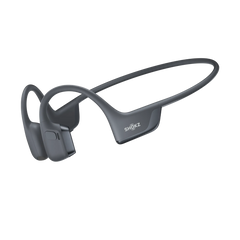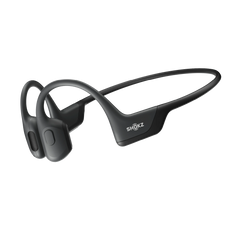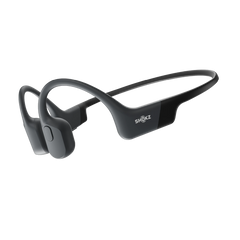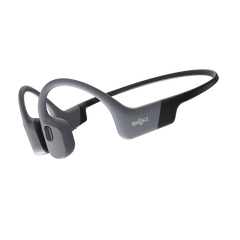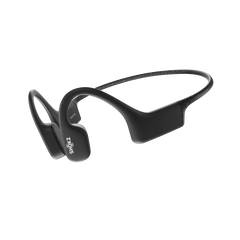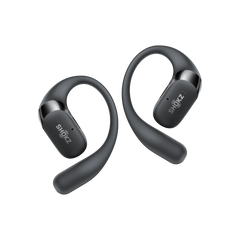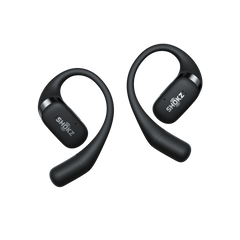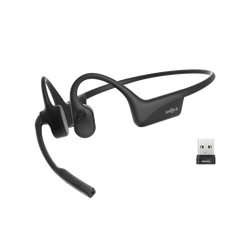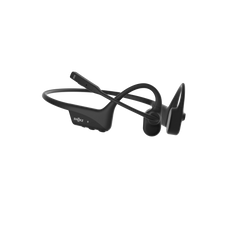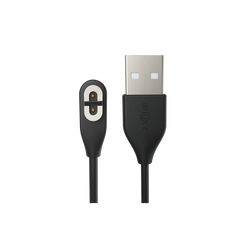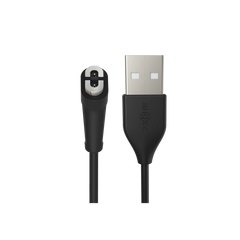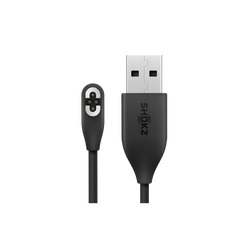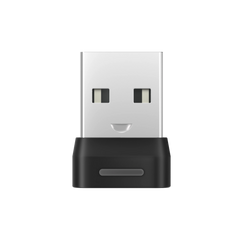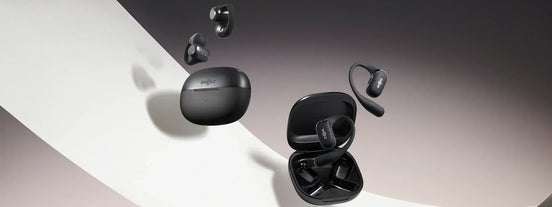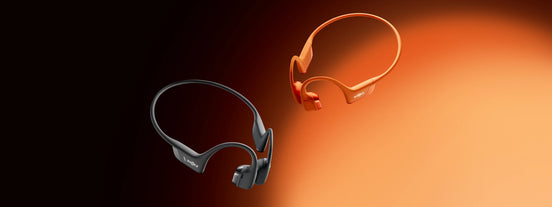If you’ve ever dealt with a swollen ear canal, you know how disruptive it can be. The pain, pressure, and muffled sound can interfere with daily life, making something as simple as listening to music or taking calls a frustrating experience. Traditional earbuds often make matters worse, pressing into the sensitive ear canal and trapping moisture.
Thankfully, there’s a better way. Open-ear headphones—such as the innovative OpenDots ONE—rest outside your ear, letting you enjoy music without worsening irritation. Before diving into why this design is healthier, let’s look at what causes swelling and how to treat a swollen ear canal safely.
For accuracy, this guide references trusted sources like the NHS overview of ear infections and the American Academy of Otolaryngology.
Understanding a Swollen Ear Canal
What Causes a Swollen Ear Canal?
A swollen ear canal can develop for many reasons:
- Ear infections triggered by bacteria or fungi.
- Allergic reactions to materials, dust, or pollen.
- Trapped moisture from swimming or sweating, often called “swimmer’s ear.”
- Irritation from earbuds, which block airflow and put pressure on delicate skin.
All of these disrupt the ear’s natural balance, making swelling more likely.
Symptoms You Shouldn’t Ignore
Watch for these common warning signs of inflammation:
- Pain or tenderness around the ear
- Redness and itching inside the canal
- Muffled or reduced hearing
- Discharge or fluid, sometimes with an odor
If these symptoms last longer than a couple of days, medical care may be necessary.
Risks of Ignoring the Problem
Without treatment, swelling can lead to:
- Recurring or chronic ear infections
- Long-term sensitivity or hearing problems
- Severe discomfort impacting focus, sleep, or exercise
That’s why knowing how to treat a swollen ear canal quickly is key.
How to Treat a Swollen Ear Canal Safely
At-Home Remedies and First Steps
For mild swelling, start with simple steps:
- Stop using earbuds or in-ear devices until healed.
- Apply a warm compress to relieve pain and improve circulation.
- Use over-the-counter pain relievers as needed.
- Keep your ears dry and avoid swimming until recovery.
These measures give your ear time to rest and heal.
When to Seek Medical Treatment
If swelling persists beyond 48 hours or worsens, see a doctor. Treatments may include:
- Antibiotic ear drops for bacterial infections
- Antifungal medication for fungal infections
- Anti-inflammatory drugs to reduce swelling
Professional care ensures the underlying cause is treated, not just the symptoms.
Preventive Care for Ear Health
Once healed, prevention helps avoid recurrence:
- Dry your ears carefully after swimming or showering
- Avoid inserting objects like cotton swabs deep into your ears
- Consider switching to open-ear headphones, which reduce pressure and moisture buildup
Why Open Ear Headphones Are Better for Sensitive Ears
What Are Open Ear Headphones?
Unlike earbuds, which sit inside your canal, open-ear headphones rest just outside. They use technologies like bone conduction or open-air delivery to transmit sound while leaving the canal unobstructed. Learn more on the Shokz open-ear headphones page.
Reducing Pressure and Irritation
This design makes a big difference for anyone prone to irritation or swelling:
- No direct pressure on the canal
- Better airflow, reducing heat and trapped moisture
- Less risk of infections or recurring swelling
For people struggling with a swollen ear canal, this approach supports recovery and comfort.
Long-Term Comfort and Safety Benefits
Beyond relief, open-ear headphones also offer:
- Situational awareness for safer workouts and commutes
- All-day comfort with lightweight, secure designs
- Balanced audio performance, thanks to innovations in open-ear sound technology
Models like the OpenDots ONE provide up to 40 hours of playback, proving you don’t need to sacrifice sound quality for ear health.
FAQs on Open Ear Headphones and Swollen Ear Canal
Q1: Can open-ear headphones help prevent a swollen ear canal? Yes. By avoiding direct contact with the canal and improving airflow, they reduce irritation and moisture buildup.
Q2: What’s the difference between open earbuds and open-ear headphones? Earbuds sit inside the canal, while open-ear headphones rest outside, making them better for people with sensitive ears.
Q3: How long does it take for a swollen ear canal to heal? Mild cases may resolve within a few days. More serious infections can take a week or longer with treatment.
Q4: Do open-ear headphones sound as good as earbuds? Yes. Modern models like OpenDots ONE deliver immersive, balanced audio while keeping your ears comfortable.
Protect Your Ears — Switch to Open Ear Headphones Today
Ear health shouldn’t be compromised by your listening habits. If you’re wondering how to treat a swollen ear canal or prevent it in the future, switching to open-ear headphones is one of the best steps you can take.
Explore the latest open-ear headphones. Check out the OpenDots ONE, designed with a light clip fit, powerful sound, and up to 40 hours of playback.
Say goodbye to ear irritation and hello to safe, comfortable listening.
